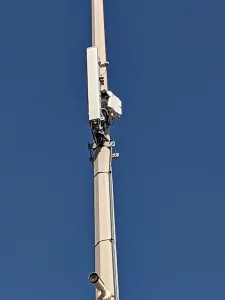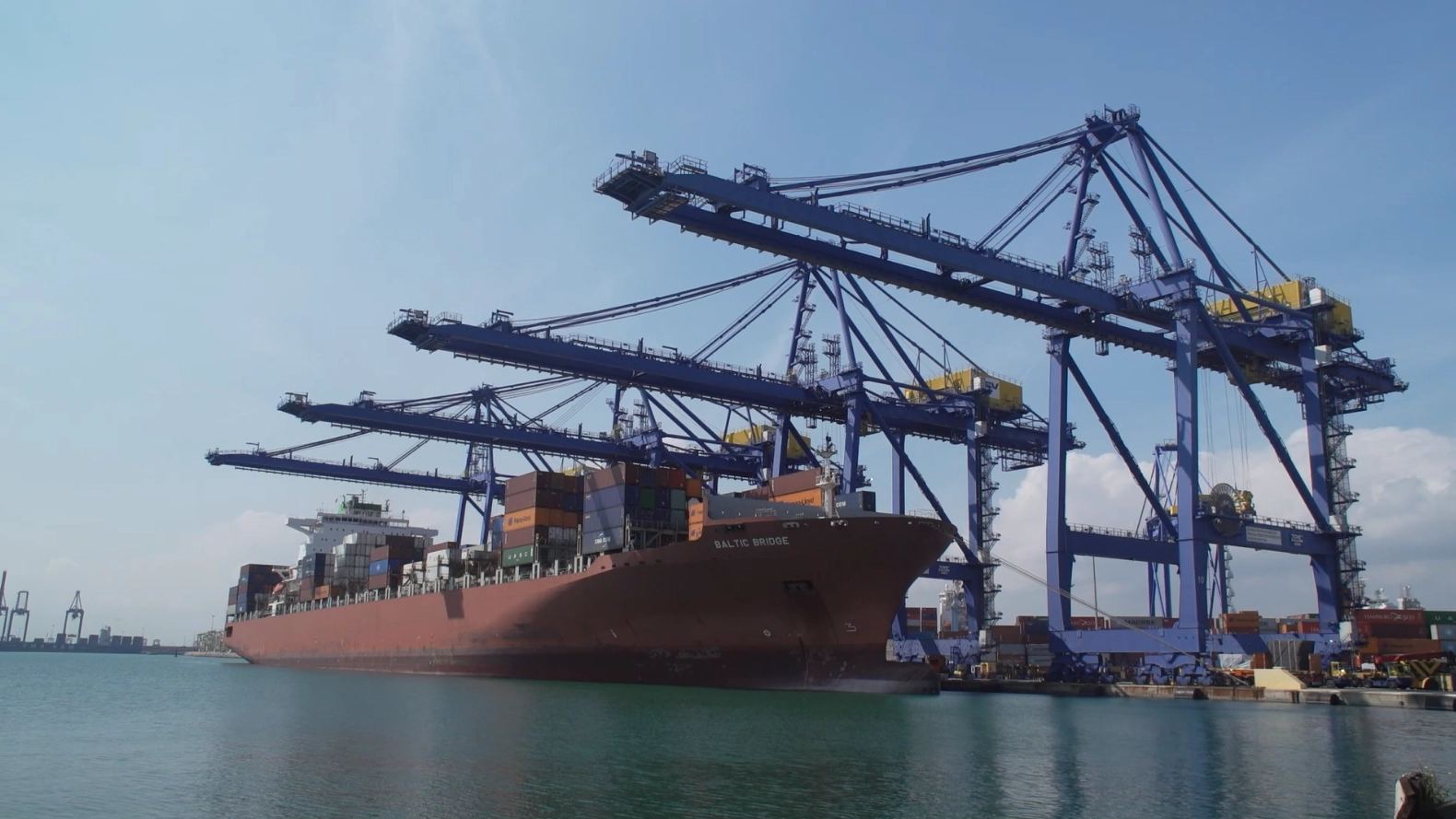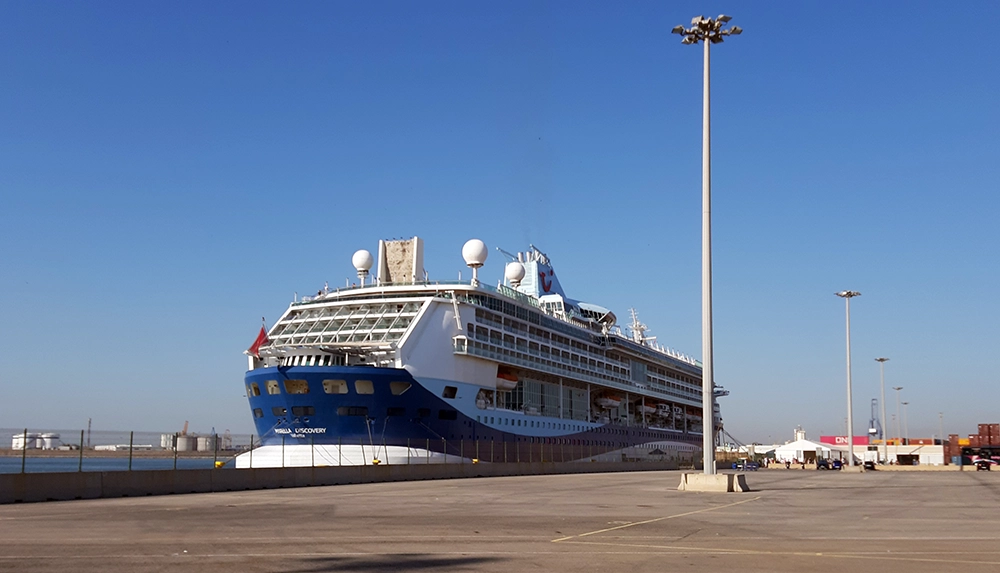Trends
Trends
OCT
27
2022
Spain
Digital twins, edge computing and 5G to increase port efficiency and security
The concept of digital twins came into use during the early years of the space race. The high cost of missions, together with the need to guarantee astronauts’ safety, meant that mock-ups and models were needed to run tests and check the efficiency of systems before sending them into space. The crew of Apollo 13 (remember the famous phrase “Houston, we have a problem”) made it home safe and sound thanks to NASA’s replica of the spacecraft (a twin) with which they were able to test all possible solutions and find the optimum one.
In recent years, the development of advanced computing techniques, artificial intelligence, sensor networks and next-generation wireless communications have delivered a huge boost to this field of technology, paving the way for the availability of digital twins of any system.
In the port sector, the objective is to have a digital twin of all port facilities, which will make it possible to optimise day-to-day logistics operations, improve decision-making and ultimately, significantly increase efficiency and safety.
Recently, the port of Valencia carried out the PORTWIN project, the first use case in this field, focused on implementing a system to assist ship docking operations.
UWB radars: digitally modelling a ship
Docking a ship is a high-precision manoeuvre. Ship information is collected in real time using civilian radars based on ultra wideband (UWB) technology. This information, transmitted through the private network using 5G technology deployed in the port, reaches the local computing system (edge computing), where complex mathematical algorithms process the signals received in real time. The end result facilitates optimal decision-making for port managers, ensuring maximum safety during berthing manoeuvres.
5G and edge computing: digital twin allies
The
This private 5G network has been deployed in the frequencies from 2,370 MHz to 2,390 MHz (the n40 band). Recently the spectrum regulator has assigned and reserved this frequency band in Spain to deploy mobile networks for business and industrial use. In the near future, spectrum regulators are expected to make new frequency bands available for private networks and industrial uses, which will result in a significant improvement of digital twins.
Finally, the complex algorithms needed to process and handle data are run in the port facilities themselves with edge computing. This ensures low latency in data transmission, high security of the information handled and the guarantee that processes will be carried out in real time.
PORTWIN: a winning consortium
This combination of state-of-the-art technologies significantly improves the efficiency and safety of ship operations and berthing manoeuvres. In addition, it directly helps to improve the entire logistics chain, reduce the carbon footprint and use raw materials more efficiently. It also defines a framework to develop the industrial Internet of Things (IoT) in general and logistics and port facilities in particular.
The PORTWIN project is led by Fivecomm with the participation of Cellnex, Fundación Valenciaport, Universitat Politècnica de València, A4Radar and the Valencia Port Authority, and is co-funded by the Agència Valenciana de la Innovació (INNCAD/2021/14).
Manuel Cañete
Product Strategy Manager



















